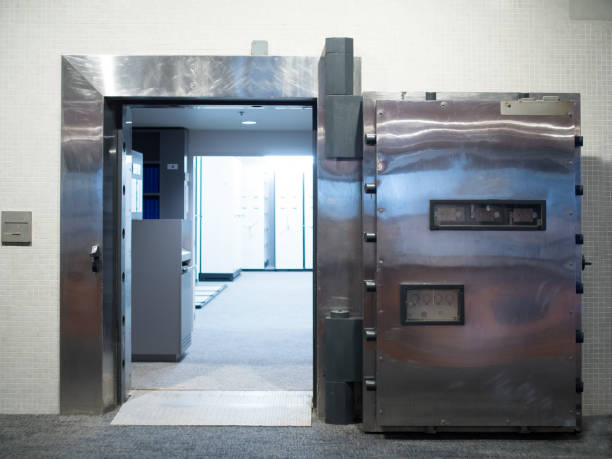Introduction to Beit Bart
Beit Bart is more than just a name; it is a reflection of history, traditions, and cultural evolution. Across generations, the term has been linked with heritage, architecture, community, and storytelling. People often seek to understand Beit Bart because it represents a unique blend of the past and present, where ancient values meet modern developments. Whether viewed through the lens of culture, geography, or architecture, Beit Bart continues to inspire curiosity and exploration.
The Historical Roots of Beit Bart
The Origins of Beit Bart
Beit Bart has its foundations deeply rooted in traditions that carry meaning for local communities. The word itself is tied to ideas of “home,” “family,” and “belonging.” Over centuries, it has represented not just a physical space but also the sense of togetherness that people find in their homes and communities.
Architectural Significance of Beit Bart
One of the most fascinating aspects of Beit Bart is its architectural design. Many structures associated with this term highlight a blend of ancient craftsmanship and modern restoration efforts. Stonework, wood detailing, and intricate layouts often define its look, while renovations show how Beit Bart has evolved with time. These designs embody resilience and artistry that remain admired today.
Cultural Importance of Beit Bart
Symbol of Community and Togetherness
At its core, Beit Bart symbolizes community. It acts as a gathering point for families, neighbors, and visitors. Cultural festivals, celebrations, and local traditions are often associated with Beit Bart, making it a hub of activity that preserves history while nurturing human connections.
Beit Bart in Modern Society
Today, Beit Bart has transformed into a versatile symbol. Some see it as a landmark representing heritage, while others view it as a modernized space for learning, relaxation, or cultural preservation. This duality allows Beit Bart to remain relevant across generations.
The Role of Beit Bart in Tourism and Education
Attraction for Visitors
Beit Bart has grown into a tourist attraction for those interested in exploring history and culture. Tourists are drawn to its unique designs, artifacts, and traditions. The experience allows visitors to connect with the past while also appreciating how Beit Bart contributes to modern cultural identity.
Educational Opportunities
Institutions often highlight Beit Bart when teaching about history, community values, and cultural preservation. Students gain insights into how traditions have shaped societies and why safeguarding spaces like Beit Bart matters for future generations.
Preserving Beit Bart for the Future
Restoration Efforts
Preservation of Beit Bart has been a priority in many regions. Renovations ensure that its cultural and architectural value does not fade away with time. Skilled artisans and conservationists work to restore stone walls, wooden structures, and cultural artifacts, keeping its identity alive.
Passing Down Traditions
Beyond physical preservation, the spirit of Beit Bart lives on through storytelling and traditions. Elders pass down knowledge to younger generations, ensuring that Beit Bart remains a symbol of unity, respect, and continuity.
Conclusion
Beit Bart is more than a structure, more than a historical name, and more than a cultural landmark. It represents the soul of community, where architecture, tradition, and human connection intersect. Across centuries, Beit Bart has stood as a reminder that culture is not only about preserving the past but also about building bridges to the future.
In today’s fast-paced world, where modernization often overshadows tradition, Beit Bart stands resilient. Its walls, artifacts, and cultural values continue to speak of belonging, strength, and unity. By preserving Beit Bart, societies ensure that younger generations can witness the depth of their cultural heritage and learn the importance of togetherness.
Tourists who walk through its halls and communities that celebrate festivals within its walls experience a bond with history that is rare in modern times. Beit Bart is a story told not in words alone but in its architecture, its celebrations, and its ability to unite people.
Looking ahead, the future of Beit Bart relies on continued efforts in preservation, education, and cultural appreciation. As long as stories are told and traditions are passed down, Beit Bart will remain timeless. It is not just a reminder of where we came from but also a guidepost for where communities can go when they choose unity and respect for heritage.
Beit Bart is, therefore, not simply a name but a legacy. Its impact goes beyond walls and celebrations, reaching into the hearts of all who understand that culture and history are the roots of identity. Preserving it means safeguarding values that generations can hold on to. Beit Bart is a treasure of the past, a gift of the present, and a promise for the future.
FAQs
What is Beit Bart known for?
Beit Bart is known for its cultural, historical, and architectural significance, representing heritage, unity, and community traditions.
Why is Beit Bart important in modern times?
It bridges tradition and modernity, serving as both a preserved landmark and a symbol of cultural continuity.
Can tourists visit Beit Bart?
Yes, Beit Bart is often open to visitors who want to explore its history, architecture, and cultural role in society.
How is Beit Bart preserved?
It is preserved through restoration projects, conservation efforts, and the passing down of cultural traditions to future generations.
What does Beit Bart symbolize?
Beit Bart symbolizes home, belonging, community, and the continuity of cultural values across generations.




